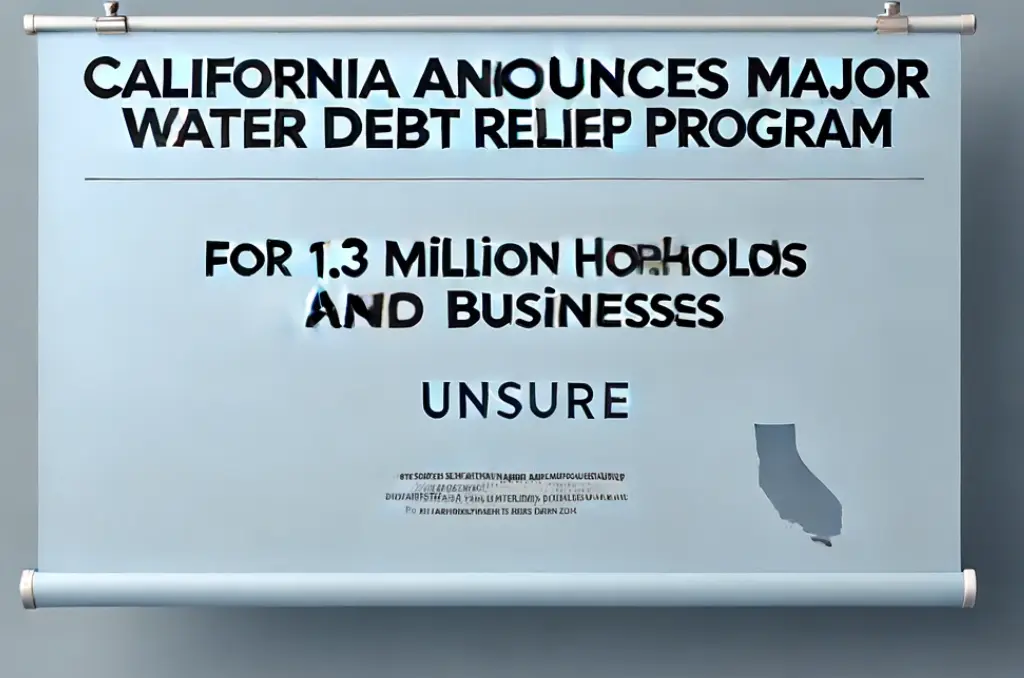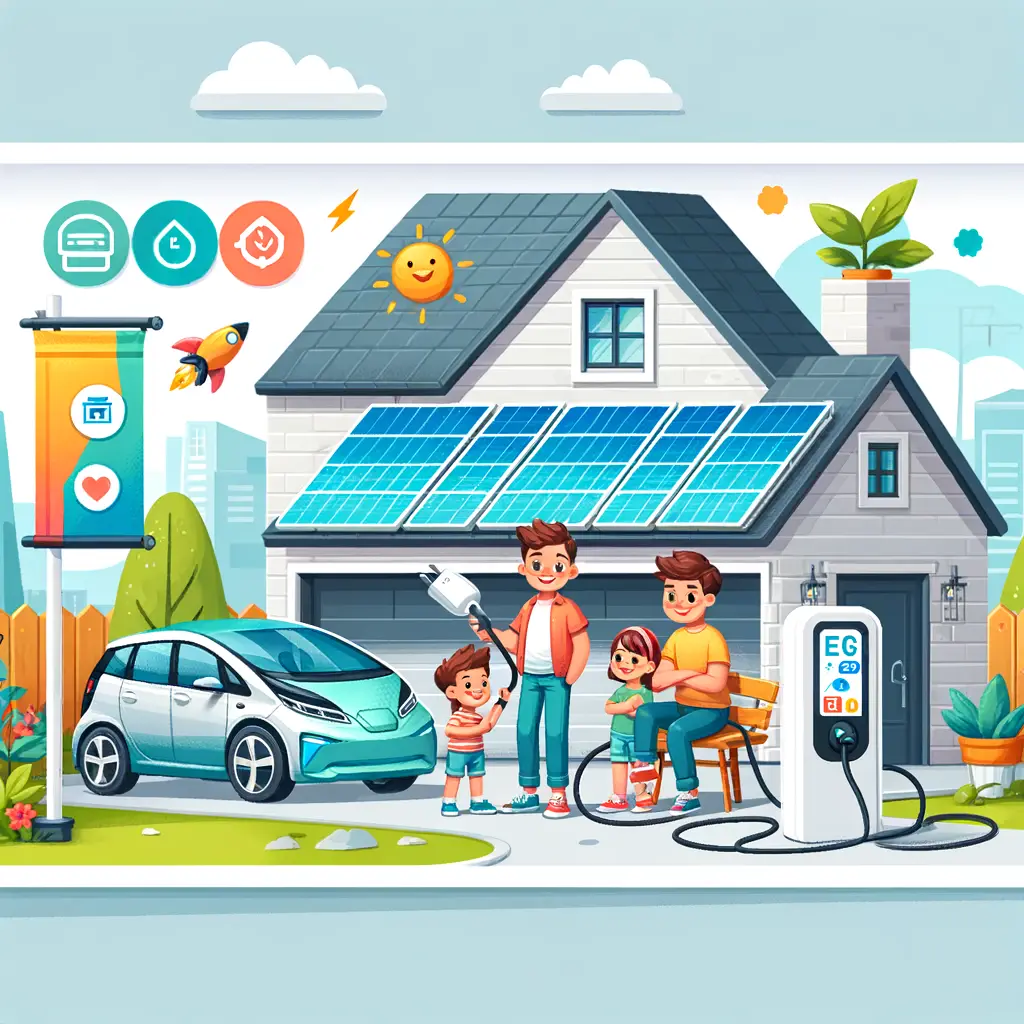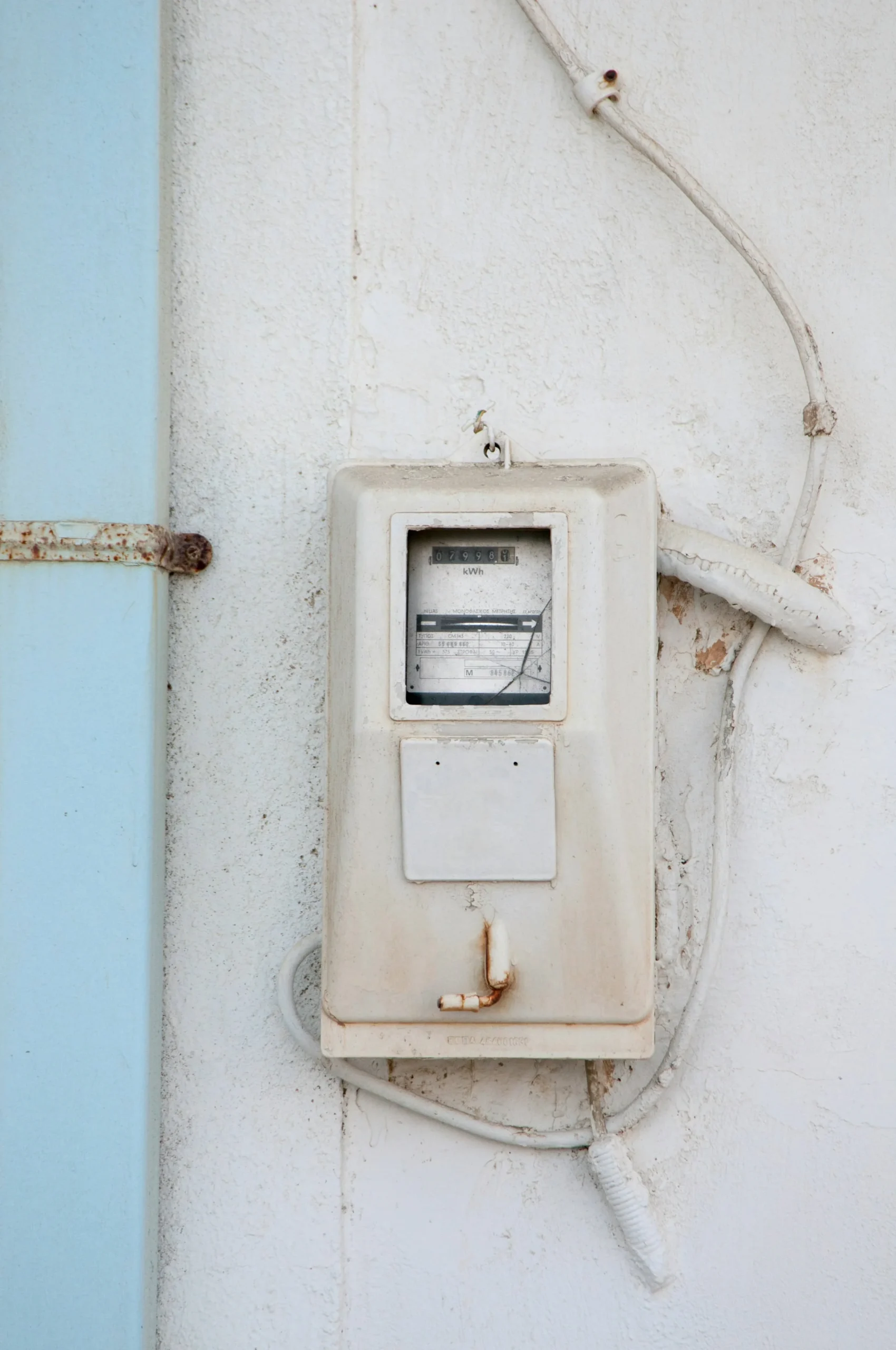
On June 14, 2024, California Governor Gavin Newsom announced a significant initiative to alleviate water and wastewater debt for millions of residents across the state. The Water and Wastewater Arrearage Payment Program will provide nearly $880 million to clear the debts of over 1.3 million households and businesses (means 4 Million Residents). This move is part of a broader effort to address the economic hardships exacerbated by the COVID-19 pandemic and ensure access to essential services for all Californians.
2024年上下水道未払い金支払いプログラムの詳細
The Water and Wastewater Arrearage Payment Program is an initiative designed to provide financial assistance to California residents and businesses who have fallen behind on their water and wastewater bills. This program was created in response to the economic hardships exacerbated by the COVID-19 pandemic, which left many unable to pay their utility bills.
- 資金調達額:約8億8000万ドル
- 資金源: アメリカ救済計画
- ターゲット: カリフォルニア州の水道料金および下水道料金未払いの住宅および商業顧客
歴史的背景
California’s efforts to address water debt began early in the pandemic. In April 2020, Governor Newsom issued an executive order prohibiting water shutoffs for non-payment. This moratorium provided immediate relief to thousands of households but also highlighted the growing issue of unpaid utility bills.
In 2021, California launched the first round of the arrearage payment program, allocating $250 million to reduce water debt for over 500,000 households. This initial effort significantly alleviated the financial burden on many families. However, the ongoing pandemic revealed the need for additional support, leading to the current expansion of the program.
データと比較
The 2024 iteration of the Water and Wastewater Arrearage Payment Program represents a substantial increase in both funding and scope:
- 2021年プログラム: 2億5000万ドル、50万世帯以上を支援
- 2022年プログラム: 3億8500万ドル、上下水道システムの支援
- 2023年プログラム: 新型コロナウイルス感染症対策期間を延長し、水道・下水道債務に6億ドルを割り当てる
- 2024年プログラム: 約8億8000万ドル、130万世帯以上と企業を支援
One of the key beneficiaries will be Los Angeles, receiving approximately 30% of the total funds. This allocation will help the Los Angeles Department of Water and Power (LADWP) and Los Angeles Sanitation and Environment (LASAN) clear arrearages for about 204,000 customers.
実施と監督
The California State Water Resources Control Board will oversee the program’s implementation. Funds will be allocated based on the proportion of arrearages reported by water and wastewater service providers. Priority will be given to areas with the highest levels of unpaid bills. Service providers will be encouraged to implement payment plans and assistance programs to help customers manage their bills more effectively.
社会的および長期的な影響
The Water and Wastewater Arrearage Payment Program is expected to have far-reaching social and economic effects. By alleviating the financial burden of water debt, the program will help families and businesses recover more quickly from the economic downturn caused by the pandemic. Ensuring access to clean water and proper sanitation is essential for public health and community well-being.
履歴データ表
| 年 | プログラム名 | 資金調達額($) | 支援対象世帯 | 支援対象企業 | 受益者総数 | ロサンゼルスに割り当てられた総資金の割合 | ロサンゼルスの顧客を支援 |
|---|---|---|---|---|---|---|---|
| 2021 | 第一回延滞金支払いプログラム | $250,000,000 | 500,000 | N/A | 500,000 | N/A | N/A |
| 2022 | カリフォルニア州上下水道未払い金プログラム | $385,000,000 | N/A | N/A | N/A | N/A | N/A |
| 2023 | 延長された上下水道滞留プログラム | $600,000,000 | N/A | N/A | N/A | N/A | N/A |
| 2024 | 水道・下水道未払い金支払いプログラム | $880,000,000 | 1,300,000 | 50,000 | 1,350,000 | 30% | 204,000 |
This table provides an overview of California’s water debt relief efforts from 2021 to 2024, highlighting the increasing commitment to addressing this critical issue.
結論
The 2024 Water and Wastewater Arrearage Payment Program represents a significant investment in the well-being of California’s residents. By providing nearly $880 million to clear water and wastewater debt, the program will benefit over 1.3 million households and businesses, ensuring access to essential services for more than 1.35 million residents. This initiative reflects California’s ongoing commitment to addressing the economic challenges of the pandemic and building a more equitable and sustainable future.








